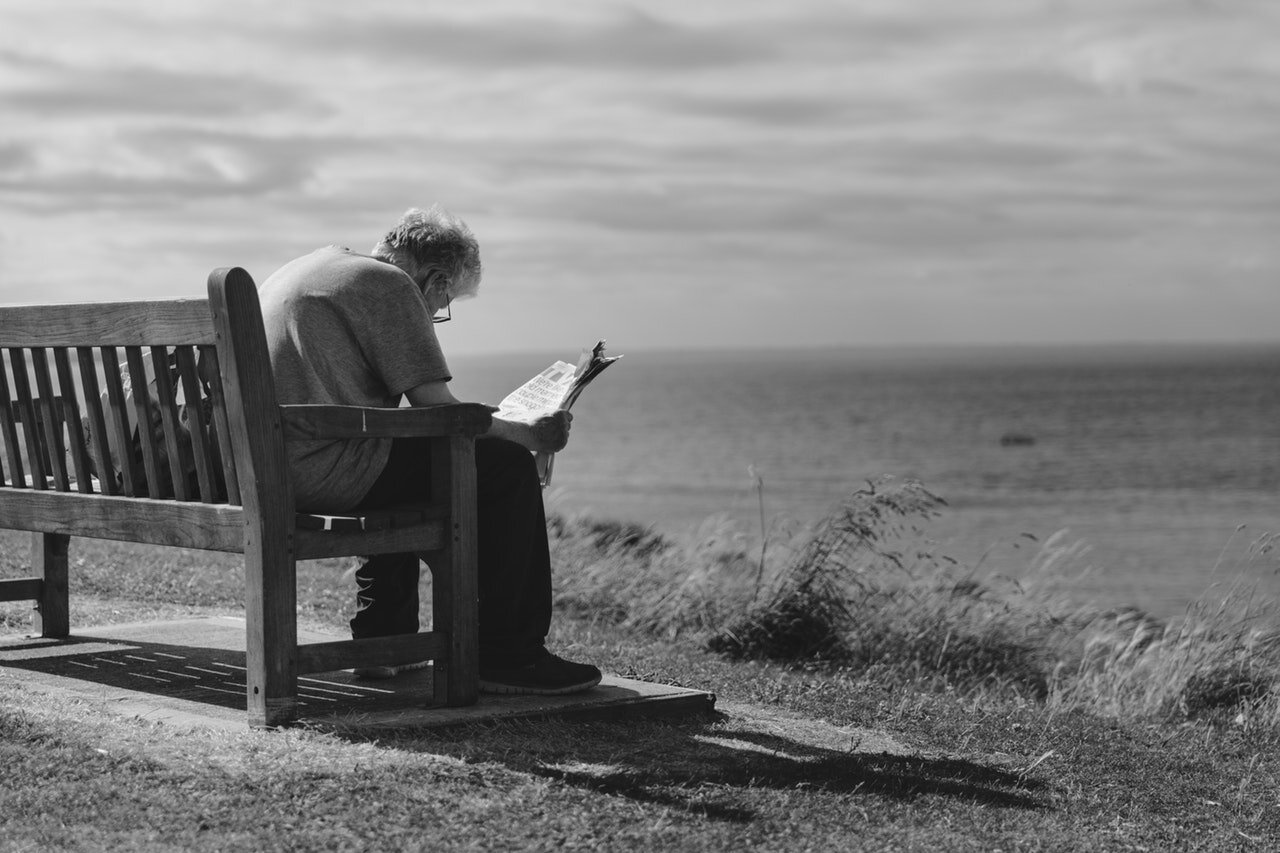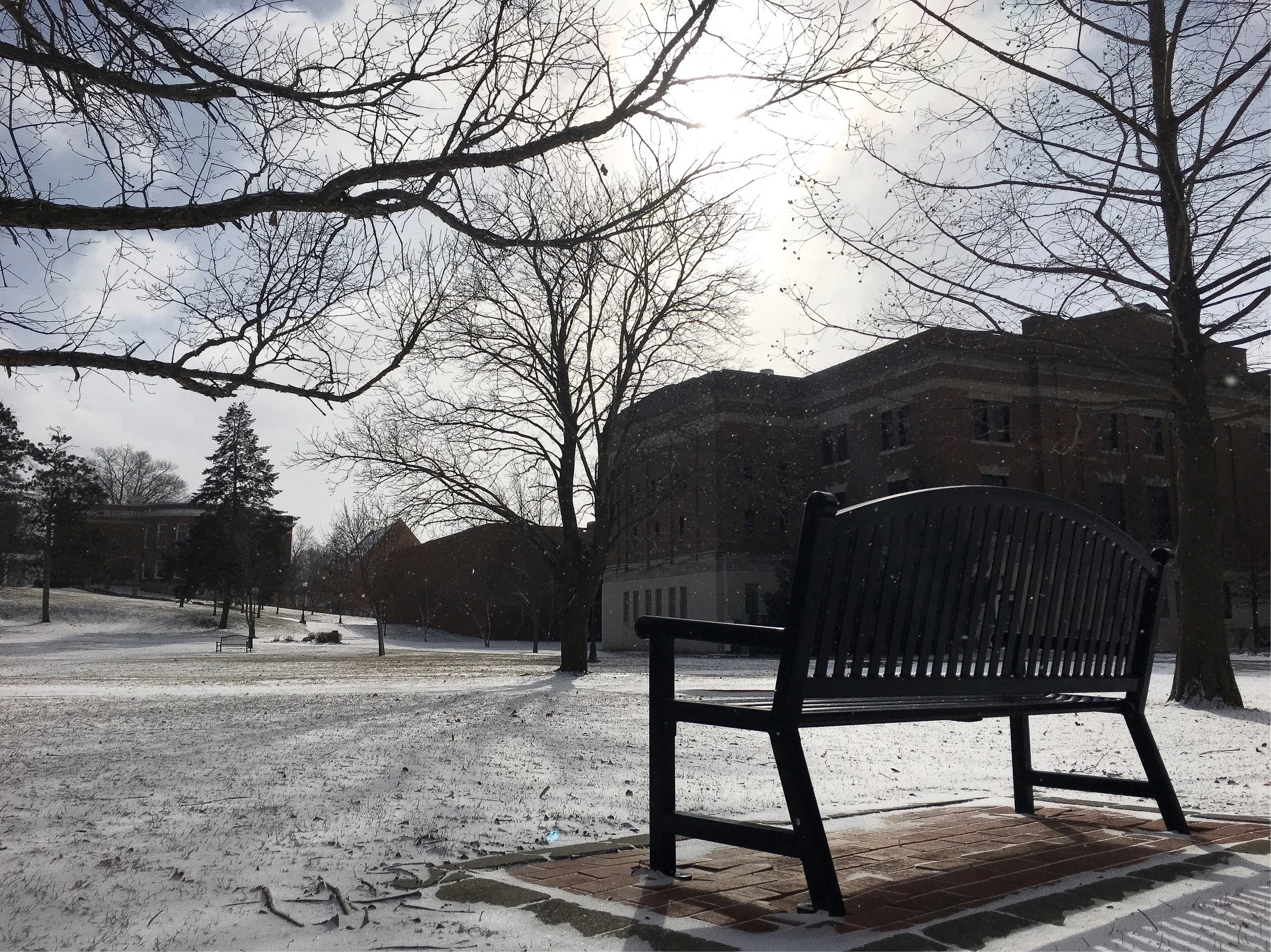Re-viewed: 3 x A Man Called Ove
The Re-viewed series is dedicated to reviewing cultural products that I have rewatched, relistened or reread, and with this article, the series really lives up to its name; I have seen three versions of the story of A Man Called Ove, originally En man som heter Ove. Some of them I’ve even seen multiple times. If a person’s ever been a fan of a story, this is certainly it. But what makes this story different and worth re-experiencing so many times, then?
A Man Called Ove is, first of all, a book by Fredrik Backman (2012). Second of all, it’s a movie written and directed by Hannes Holm (2015). Third of all, it’s a one-man play by the Helsinki City Theatre, starring Taneli Mäkelä (2019). The story could be described as a powerful drama packed with dark humour; it’s about a 59-year-old man called Ove, a man who doesn’t quite understand the modern world and who has never recovered from his wife’s death, and therefore, decides to kill himself. The several attempts leave the reader or spectator crying and laughing simultaneously, since the sombre moments are instantly followed by humour: the rope snaps, the deed is interrupted, or the floor has to be blood-proofed first, and then it is interrupted again. Slowly, through various neighbours’ numerous interruptions, the old man starts to see life around him again, this spark of hope effectively warming the hearts of the audience.
There’s something very clichéd and familiar about the storyline; it’s a search for life, a pursuit of happiness, a second chance. It’s about the inner goodness of people, which can be claimed to be buried inside all of us, sometimes deeper and sometimes closer to the surface. The protagonist quite strongly brings to mind a certain grumpy old man who is very well known in Finland – I’m naturally talking about Mielensäpahoittaja by Tuomas Kyrö. What this story does to make it stand out from all the other similar stories is the development of the characters; we see full, life-like characters instead of shallow ones, who leave you feeling something. It’s impossible for them to leave the audience cold. The characters are so distinctive that even in the form of a monologue, Mäkelä succeeds in capturing the essence of each and wonderfully brings them to life. A personal favourite is the new neighbour Parvati who is filled with a can-do attitude, endless energy and love for life and for all kinds of people. Despite some cultural clashes, she ends up becoming quite important to Ove.
The movie especially excels at reinforcing the individuality of these characters and giving them a visual look; the clever casting and costumes turn these characters into unforgettable, living and breathing creatures. Both Lassgård and Mäkelä’s interpretations of Ove ooze respect for the tired old man, and they express the essence of him quite eloquently, clearly communicating to the viewer the reasons behind Ove’s current attitude and the loss of the will to go on. The many versions of the man are all tied together, in the end; the powerful core of what this man has gone through and how he feels about his situation in life remains untouched.
The strong suit of the play is the unbeatable, simple charisma of Mäkelä that carries the whole show, as well as the carefully thought-out stage tricks, such as lighting. It becomes fairly central in supporting the plot, the important events, and the whole atmosphere and emotional background to the story; when the audience sees Ove trying suicide, it becomes completely dark for a moment, until they see light again and realize that the attempt didn’t work out. Sound is used a bit more carelessly, leaving the audience questioning its relevance at some moments.
While not wanting to pick favourites nor compare forms of art that are simply impossible to objectively compare to each other, the original version of this story, the book, does something extraordinary in foreshadowing and in slowly developing the plot, the tension, the important events of the storyline so that the reader isn’t always able to guess what is really happening or about to happen. The very beginning of the novel demonstrates this: Ove is seen talking to his wife, and it takes some pages before the reader understands that all this is in fact taking place in a cemetery and Ove is talking to his dead wife.
The first feeling of surprise is only the first of many; the whole plot comes and goes in these little wake-up-calls of waves, making its way straight towards the reader’s heart. All kinds of emotions are triggered one by one, sometimes even at the same time, so that the reader, or the spectator, might not at times know whether to laugh or cry. That’s the whole message of Ove: life is unpredictable and hard, happiness and sorrow come and go, and sometimes you might not know what to feel or to do next, but in the end, life is also quite incredible and surprises us in all possible colours of emotions – and never ceases to. Hopefully, it also allows us to feel a hint of zest for life within us early enough before our time comes – because it’s never too late to have a second go at it, which the story of Ove beautifully proves.





